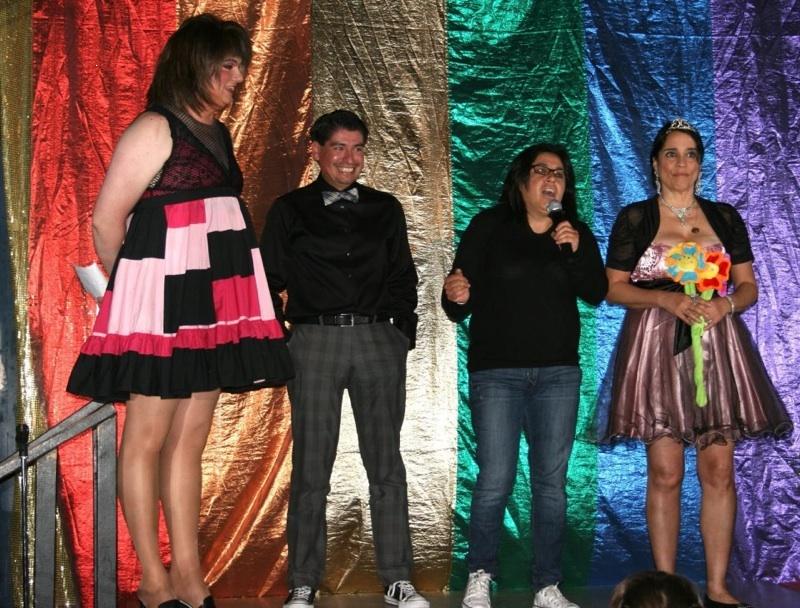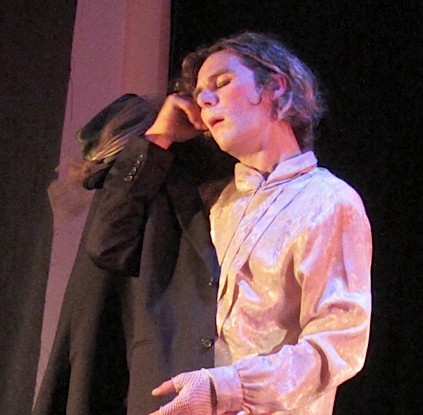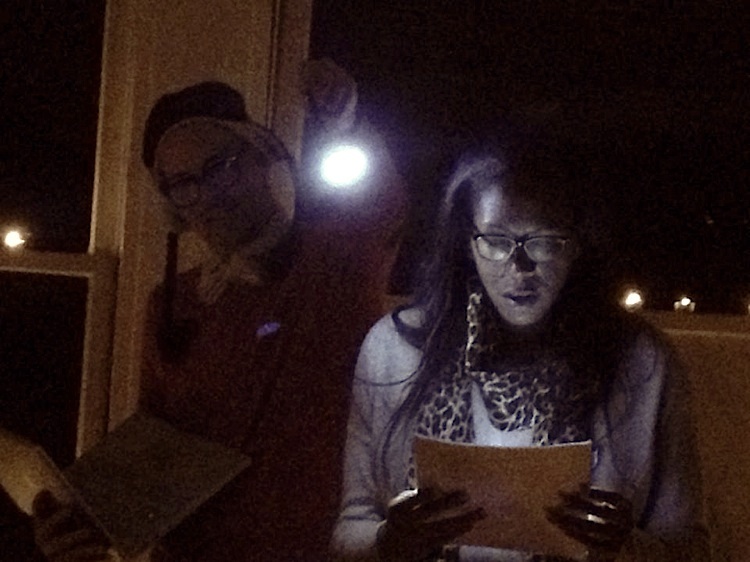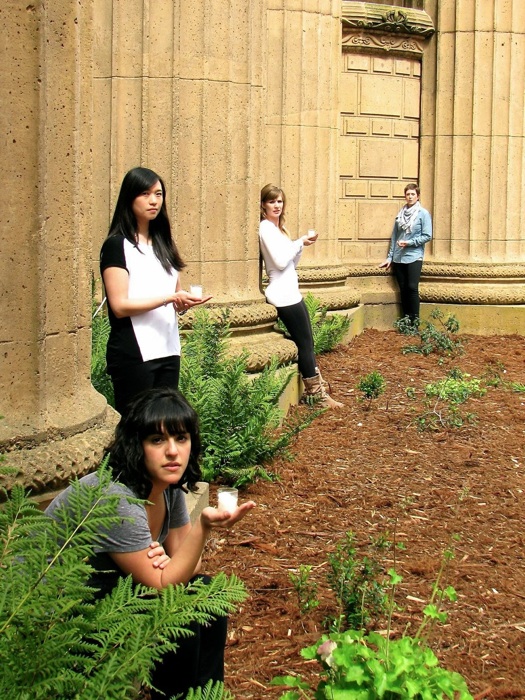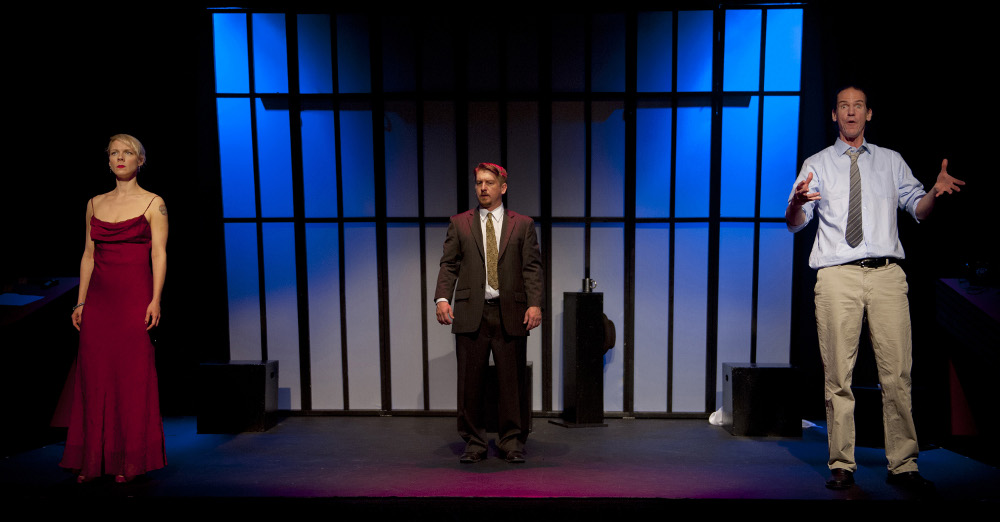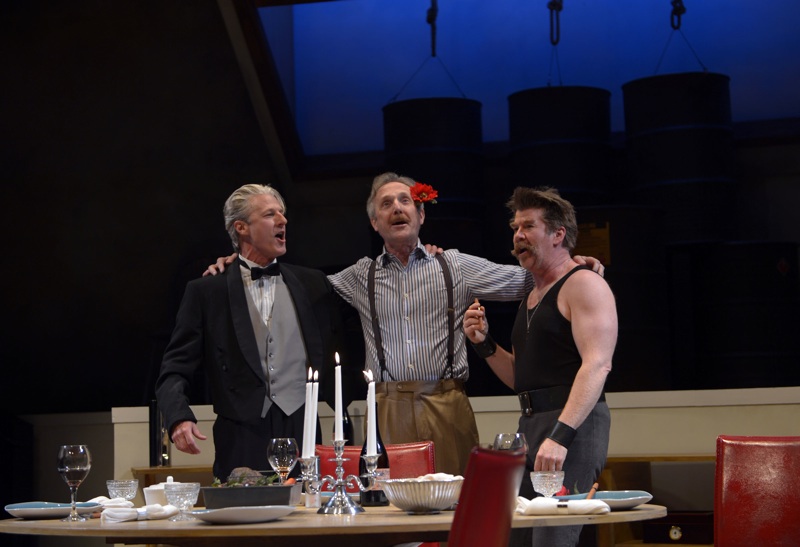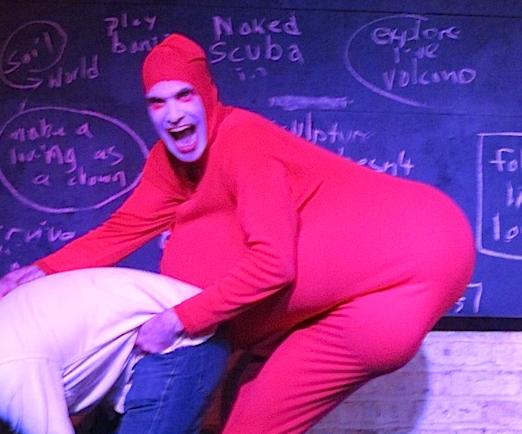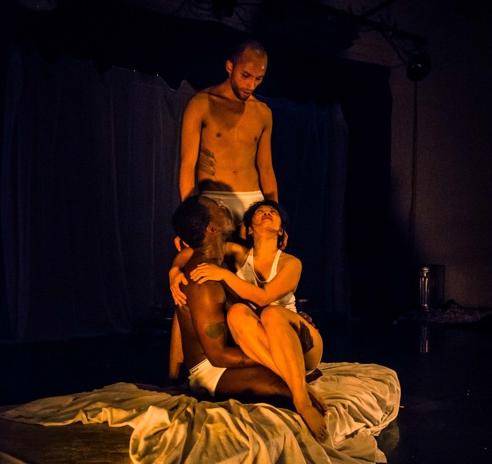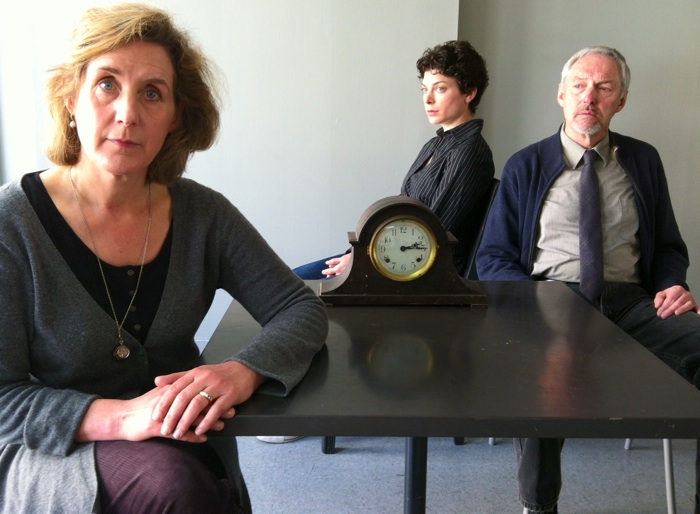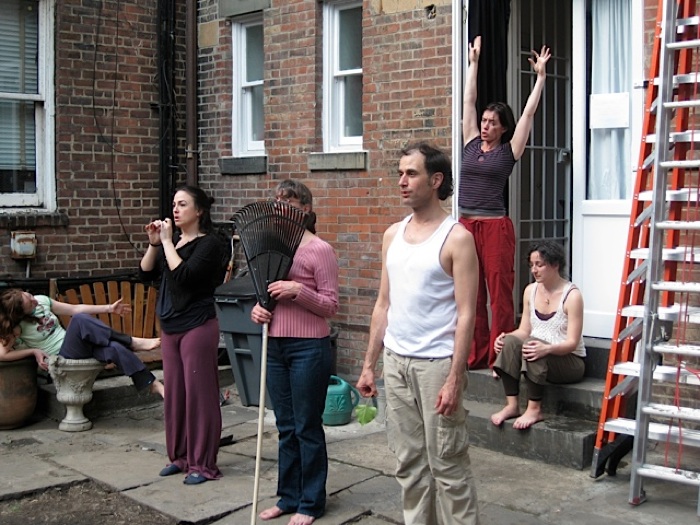Ape faces and hocus-pocuses
She was a medical marvel in an age where such marvels were not entirely uncommon. Forced into sideshows or the superficially more genteel lecture circuit, these Victorian-era human wonders were often exploited by their handlers and employers, but in an age where there were already limited possibilities for earning one’s keep, the ability to transform a physical disability into a money-making attribute was at least a more attractive proposition than starving.
For Julia Pastrana, the so-called “Nondescript,” her unusual condition — a form of hypertrichosis which covered her body in thick black hair and deformed her face — touring the world was better than staying in her home state of Sinaloa, Mexico, where she was a marginalized house servant. By all accounts, many of which are recited verbatim onstage in May van Oskan’s The Ape Woman, which played at the EXIT Theatre last weekend, she was an intellectually curious woman who spoke three languages, had a beautiful singing voice and a gracious manner, and even believed in romantic love, even though to outsiders her own marriage had the appearance of an exploitative measure on the part of her husband, Theodore Lent, who also happened to be her “manager”.
In van Oskan’s musical enactment of the Pastrana saga (billed as a “rock opera” despite long passages of spoken text), Julia, at last, is given a voice — and a ukulele — plus a backing band of folksy musicians. Portrayed by van Oskan, who eschewed appearing in “apeface,” which would certainly be a distraction, this Julia lulled us into a kind of melancholy trance as she related her troubled childhood; her escape, of sorts, into the exhibition business; and her journey into adulthood as medical curiosity, wife, and, briefly, mother to a child whose difficult birth resulted in both of their deaths.
Her external circumstances mainly described by a parade of carnival barkers, anatomists, and her exhibitor-turned-husband, Julia’s internal landscape was illuminated through song, a blend of harmony and shimmering introspection, of gracious acceptance of her strange lot, and a wistful yearning for normalcy.
“I keep letting the dreams in,” she confessed in song, as she reminisced over her unusual life path, from obscurity to celebrity, like a reverse kind of supermodel, an exploitable image for others to hang their fantasies and preconceived perceptions on, without taking into account the human soul beneath the exposed skin.
Unusual life paths are what the Dark Room Theater’s summertime Twilight Zone series is all about. Now entering its tenth year, The Twilight Zone is a collection of new plays written to vaguely resemble the Twilight Zone episodes of yore, taking ordinary people and dropping them into unexplainable scenarios that defy reason. This past weekend, a small-town hanging in I Am the Night, Color Me Black, became a metaphor for a creeping wave of hatred that threatened to engulf, not only the stage, but the entire world, and a small-town liar became an unlikely ambassador to the outer reaches of the galaxy in Hocus Pocus and Frisby.
Spoof commercials, a dreadlocked “Rod Serling,” and an intriguing implication for pool noodles reminded the odd-ience that they were no longer in Kansas, nor even in any stale remake, but in a uniquely San Francisco kind of world, where the unlikely lurks around every corner, and the curiosities are all of us.

